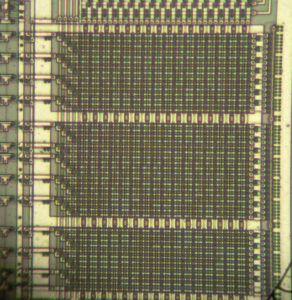Unlock DSP Controller TMS320F28034 Memory Program
The repeat function can be used with instructions such as multiply/accumulates (MAC and MACD), block moves (BLDD and BLPD), I/O transfers (IN/OUT), and table read/writes (TBLR/TBLW). These instructions, although normally multicycle, are pipelined when the repeat feature is used in the process of Unlock DSP Controller TMS320F28034 Memory Program, and they effectively become single-cycle instructions. For example, the table-read instruction can take three or more cycles to execute, but when the instruction is repeated, a table location can be read every cycle.
The repeat counter (RPTC) is loaded with the addressed data-memory location if direct or indirect addressing is used, and with an 8-bit immediate value if short-immediate addressing is used. The RPTC register is loaded by the RPT instruction. This results in a maximum of N + 1 executions of a given instruction. RPTC is cleared by reset. Once a repeat instruction (RPT) is decoded, all interrupts, including NMI (but excluding reset), are masked until the completion of the repeat loop.

Unlock DSP Controller TMS320F28034 Memory Program
This section summarizes the operation codes (opcodes) of the instruction set for the ’x240 digital signal processors. This instruction set is a superset of the ’C1x and ’C2x instruction sets. The instructions are arranged according to function and are alphabetized by mnemonic within each category.
The number of words that an instruction occupies in program memory is specified in column 3 of Table 14. Several instructions specify two values separated by a slash mark ( / ) for the number of words. In these cases, different forms of the instruction occupy a different number of words by Unlock DSP Controller TMS320F28034 Memory Program. For example, the ADD instruction occupies one word when the operand is a short-immediate value or two words if the operand is a long-immediate value.
The number of cycles that an instruction requires to execute is also in column 3 of Table 14. All instructions are assumed to be executed from internal program memory (RAM) and internal data dual-access memory. The cycle timings are for single-instruction execution, not for repeat mode.

